How To Find Spy Cameras In Your Home?
In today's world, privacy is a growing concern, and the possibility of hidden cameras in your home can be unsettling. Whether you're worried about a landlord, a guest, or even a stranger planting a spy camera, it's important to know how to detect these devices to protect your privacy. This article will guide you through various methods to find hidden cameras in your home, ensuring you can live without the fear of being watched.
Understanding Hidden Cameras
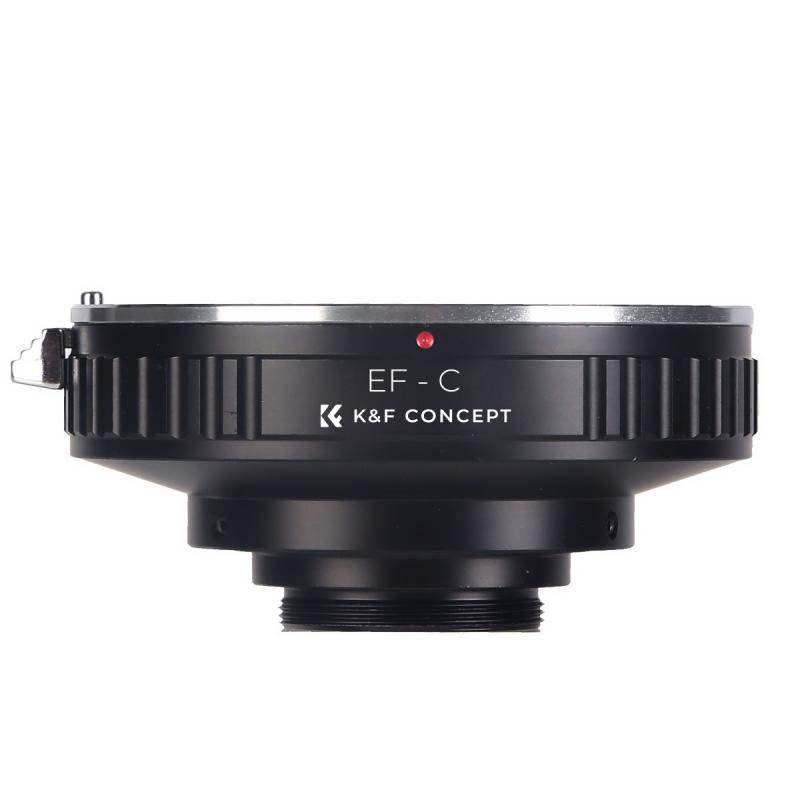
Before diving into the detection methods, it's essential to understand what hidden cameras are and how they work. Hidden cameras, also known as spy cameras, are small video recording devices that can be concealed in everyday objects. They can be wired or wireless and may transmit footage in real-time or store it for later retrieval. These cameras can be hidden in alarm clocks, smoke detectors, picture frames, and even electrical outlets.
Signs of Hidden Cameras
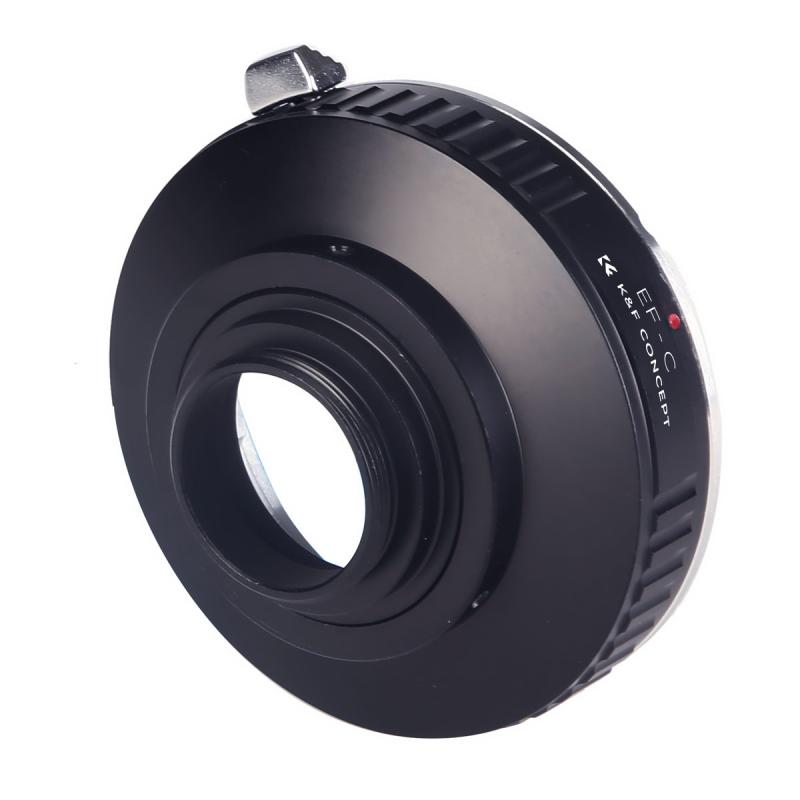
1. Unusual Objects or Out of Place Items: One of the first signs of a hidden camera is an object that seems out of place or unusual. For example, a smoke detector in an odd location or an alarm clock that you didn't purchase could be a red flag.
2. Small Holes or Lenses: Hidden cameras need a line of sight to capture footage, so look for small holes or lenses in objects. These could be pinhole-sized and easily overlooked.
3. Wires or Cables: While many modern spy cameras are wireless, some still require power cables. Look for any unusual wires or cables that don't seem to belong.
4. LED Lights: Some hidden cameras have small LED lights that may blink or glow. Turn off the lights in the room and look for any unusual light sources.
Methods to Detect Hidden Cameras
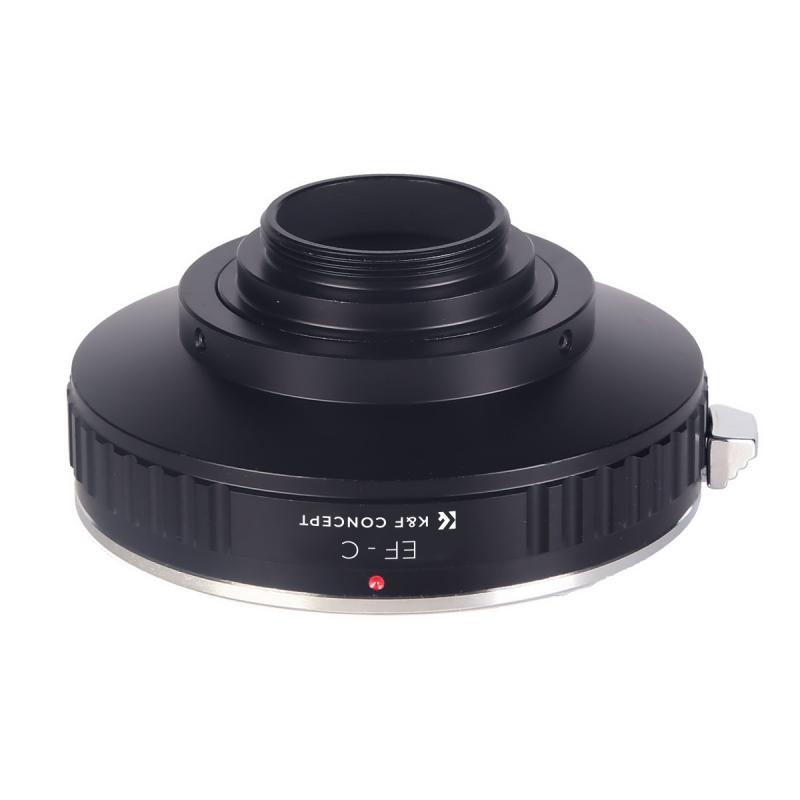
1. Physical Inspection
The most straightforward method to find hidden cameras is a thorough physical inspection of your home. Here’s how to do it:
- Check Common Hiding Spots: Start by inspecting common hiding spots such as smoke detectors, alarm clocks, air purifiers, and electrical outlets. Pay close attention to objects that are at eye level or higher, as these provide a better vantage point for recording.
- Examine Unusual Objects: Look for objects that seem out of place or have been moved recently. If you find an unfamiliar item, inspect it closely for any signs of a camera lens or wiring.
- Use a Flashlight: Turn off the lights in the room and use a flashlight to scan for hidden cameras. The lens of a camera will reflect light, making it easier to spot.
2. Use a Camera Detector
Camera detectors are devices specifically designed to find hidden cameras. They work by detecting the radio frequency (RF) signals that wireless cameras emit. Here’s how to use one:
- Turn on the Detector: Follow the manufacturer’s instructions to turn on the camera detector and set it to the appropriate mode.
- Scan the Room: Slowly move the detector around the room, paying close attention to common hiding spots. The detector will alert you if it picks up any RF signals.
- Inspect Detected Areas: If the detector alerts you to a specific area, inspect it closely for any hidden cameras.
3. Use Your Smartphone
Your smartphone can be a valuable tool in detecting hidden cameras. Here are two methods to use your phone:
- Camera Lens Detection: Most smartphone cameras can detect infrared (IR) light, which is often used by hidden cameras for night vision. Turn off the lights in the room and use your phone’s camera to scan for any unusual light sources. If you see a small, bright light on your screen, it could be an IR light from a hidden camera.
- RF Signal Detection Apps: There are several apps available that can detect RF signals emitted by wireless cameras. Download a reputable app and follow the instructions to scan your home for hidden cameras.
4. Check Your Network
If you suspect a hidden camera is connected to your Wi-Fi network, you can use your router to detect it. Here’s how:
- Log into Your Router: Access your router’s settings by typing its IP address into your web browser. You may need to enter a username and password.
- Check Connected Devices: Look for a list of devices currently connected to your network. If you see any unfamiliar devices, it could be a hidden camera.
- Disconnect Suspicious Devices: If you find an unfamiliar device, you can disconnect it from your network to prevent it from transmitting footage.
5. Professional Help
If you’re unable to find any hidden cameras using the above methods, consider hiring a professional. Private investigators and security experts have specialized equipment and expertise to detect hidden cameras. While this option can be more expensive, it provides peace of mind knowing your home has been thoroughly inspected.
Preventing Hidden Cameras
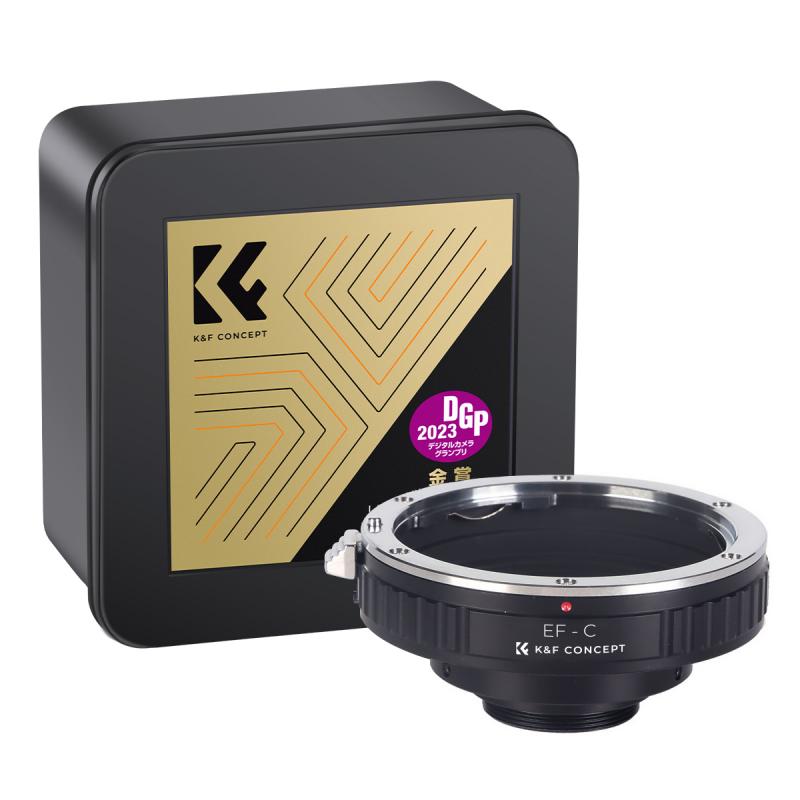
Once you’ve ensured your home is free of hidden cameras, take steps to prevent them from being installed in the future:
- Secure Your Home: Install locks on doors and windows to prevent unauthorized access. Consider using a security system with cameras to monitor your home.
- Be Cautious with Guests: Be mindful of who you allow into your home. If you have guests, keep an eye on their activities and belongings.
- Regular Inspections: Periodically inspect your home for any signs of hidden cameras. Make it a habit to check common hiding spots and unusual objects.
- Use Camera Detectors: Invest in a camera detector and use it regularly to scan your home for hidden cameras.
Finding hidden cameras in your home can be a daunting task, but with the right knowledge and tools, you can protect your privacy. Start with a thorough physical inspection, use camera detectors and your smartphone, check your network, and consider professional help if needed. By taking these steps, you can ensure your home remains a private and secure space. Remember, regular inspections and preventive measures are key to maintaining your privacy in the long run.








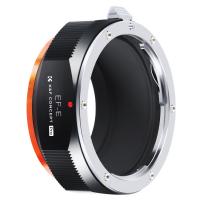
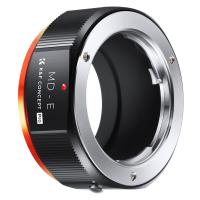
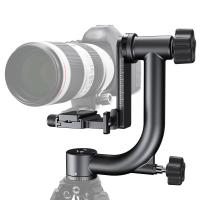

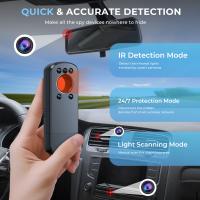


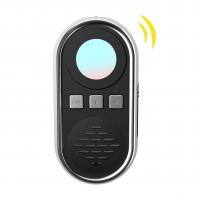


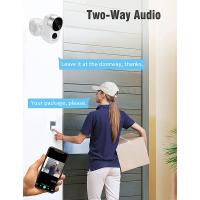

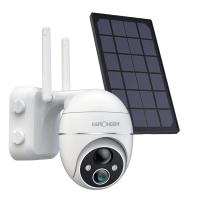
There are no comments for this blog.